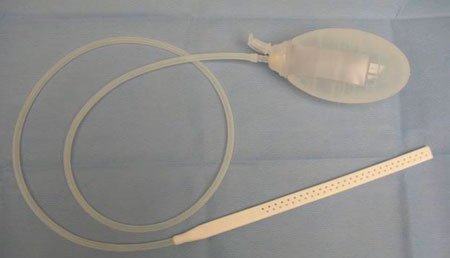
If you’ve had surgery or planning on surgery, you may need a JP drain. JP stands for Jackson-Pratt, ostensibly the inventors that probably didn’t sign a very good deal for royalties! Anyway, a drain is useful to remove any fluid that builds up after an operation.
When a JP drain may be used
Basically, anytime you have an operation that requires the undermining of skin or the removal of tissue that leaves “dead space” behind, you’re at risk of developing a fluid collection, called a seroma. Examples includes arthroscopic surgery, heart surgery, extensive liposuction or a tummy tuck. Using a drain can evacuate this fluid so that the “dead space” collapses and closes off. Once the cavity closes off, fluid no longer collects and the drain can be removed.
But while the drain is in, certain things need to be done to ensure it’s working properly. The video below explains the following two principles: 1) stripping/milking the drain and 2) charging the drain.
Stripping or milking the drain means that you’re squeezing and sliding your fingers along the drain to move the fluid along. This helps avoid clots from clogging up the drain. And if the drain is clogged, it’s not draining and therefore doing you no good.
Also make sure that after you empty the drain, you “charge” it again. This means that you squeeze down on the bulb and then put the stopper in so it holds suction. If these descriptions aren’t clear, the video below will definitely help.
Video of how to take care of your JP drain




